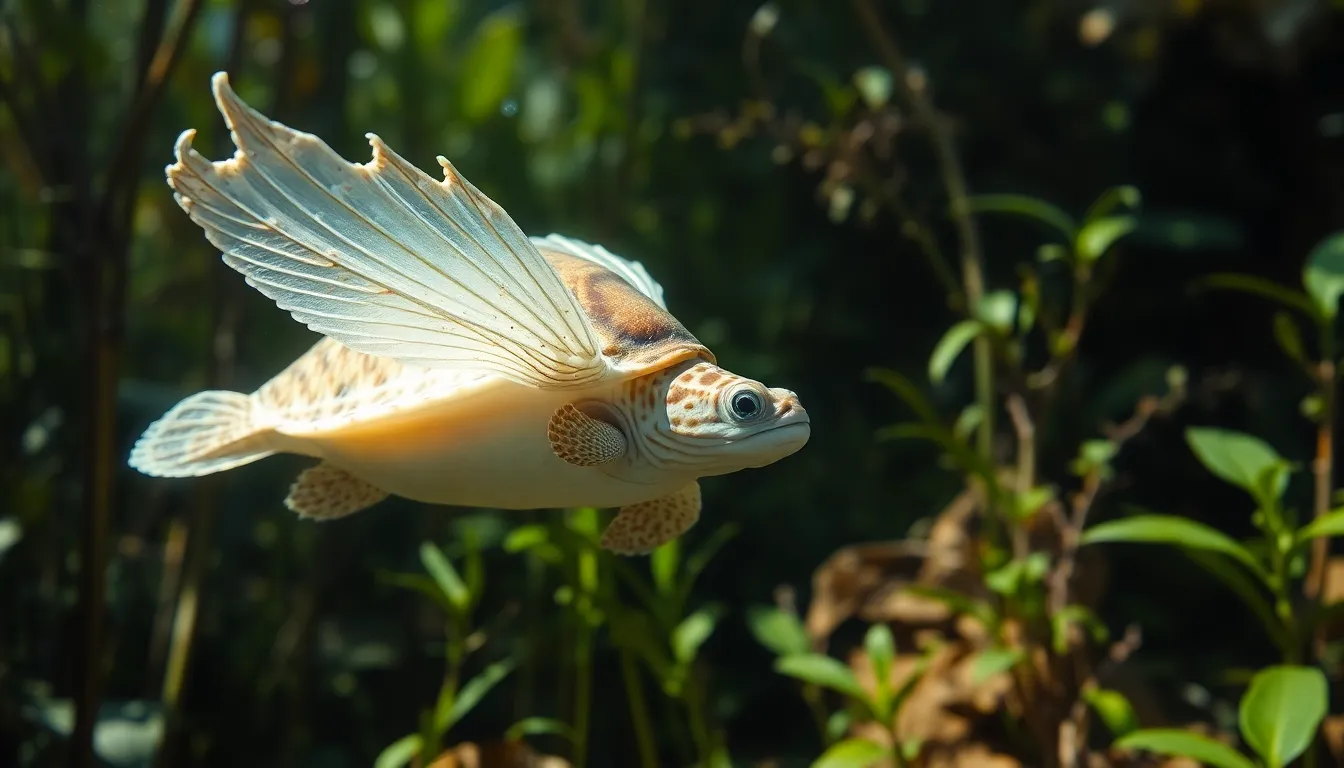Tseacoets are an intriguing yet lesser-known aspect of the natural world, capturing the curiosity of researchers and nature enthusiasts alike. These unique creatures thrive in specific environments, showcasing remarkable adaptations that allow them to survive and flourish. As ecosystems face increasing challenges, understanding tseacoets becomes more crucial than ever.
Exploring the fascinating life cycle and behavior of tseacoets offers insights into their role within their habitats. From their feeding habits to their mating rituals, each detail reveals the intricate balance of nature. This article dives into the world of tseacoets, shedding light on their significance and the conservation efforts aimed at protecting their populations.
Table of Contents
ToggleOverview Of Tseacoets
Tseacoets represent a unique group of organisms characterized by their remarkable adaptations to diverse environments. These creatures play a critical role in their ecosystems, often serving as indicators of environmental health. Understanding tseacoets contributes to ecological research and conservation efforts.
Tseacoets exhibit a complex life cycle, with distinct growth stages that influence their behavior and survival. They display specific feeding habits, consuming various plant and animal matter, which helps control populations within their habitats. Their mating rituals are intricate, often involving elaborate displays to attract partners, ensuring genetic diversity.
Conservation initiatives focus on preserving tseacoet populations amid habitat loss, climate change, and other threats. These efforts emphasize habitat restoration, research, and public education to raise awareness about the importance of tseacoets in ecological balance. Engaging communities in conservation programs strengthens the resilience of tseacoet populations and their habitats.
Design And Features

Tseacoets exhibit unique design elements and features that contribute to their survival and adaptation in various habitats. These aspects play a vital role in their ecological niche and overall functionality.
Structure And Materials
Tseacoets possess specialized body structures adapted to their environments. Body exteriors often feature a combination of hard shells and flexible appendages. Additionally, their skin may contain waterproof materials, preventing excessive moisture loss in dry environments. The composition of their bones or cartilage provides both strength and lightweight properties, allowing agility in water and land. Internal systems, including respiratory and digestive organs, display unique adaptations that enable efficient nutrient absorption and gas exchange.
Comfort And Fit
Tseacoets demonstrate an ergonomic design that promotes comfort during various activities. Body shapes are streamlined, reducing drag while swimming, and allowing easier movement through dense vegetation. Flexible joints enable a wide range of motion, crucial for foraging and escaping predators. Size variations among species cater to different habitats, ensuring optimal fit for survival. Temperature regulation mechanisms, such as body coloration and insulation, further enhance comfort in diverse climates, aiding in energy conservation and activity levels.
Performance Analysis
Tseacoets exhibit remarkable durability and purpose-driven adaptations that enhance their survival in various environments. Analyzing these attributes reveals crucial insights into their performance in natural ecosystems.
Durability
Tseacoets possess features that enhance their longevity and resilience. Their hard shells provide physical protection against predators, while waterproof skin prevents moisture loss in arid climates. These adaptations also allow them to thrive in diverse habitats, from coastal regions to freshwater systems. Their flexible appendages facilitate movement across varying terrains, ensuring they can access resources critical for survival. Size variations among tseacoet species further optimize their durability, allowing each to adapt efficiently to local environmental conditions.
Purpose And Usage
Tseacoets play essential roles within their ecosystems. They help control the populations of smaller organisms, contributing to ecological balance. Through their specific feeding habits, tseacoets regulate nutrient cycles, enhancing the health of their environments. Additionally, these creatures serve as bioindicators, signaling changes in environmental health that can impact various species. Conservation efforts leverage their unique characteristics, utilizing tseacoets as focal points for habitat restoration and public awareness initiatives, ensuring a collaborative approach to ecosystem preservation.
Pros And Cons
Understanding the pros and cons of tseacoets provides insight into their ecological significance and the challenges they face. This overview highlights the advantages and disadvantages associated with these unique creatures.
Advantages
- Ecosystem Balance: Tseacoets play a crucial role in maintaining ecological balance by controlling populations of smaller organisms and regulating nutrient cycles.
- Bioindicators: Tseacoets serve as bioindicators, signaling shifts in environmental health, which aids conservation efforts and environmental monitoring.
- Adaptable Structures: Specialized body structures, such as hard shells and flexible appendages, allow tseacoets to thrive in diverse habitats, ensuring their survival across various environments.
- Nutrient Absorption: Adapted respiratory and digestive systems promote efficient nutrient absorption and energy conservation, enhancing their overall performance in different climates.
- Community Engagement: Conservation initiatives focused on tseacoets foster community involvement, raising awareness about the importance of preserving habitats and protecting biodiversity.
Disadvantages
- Habitat Loss: Tseacoets face threats from habitat destruction due to urbanization, agricultural expansion, and environmental degradation, leading to population declines.
- Climate Change: Changes in climate patterns disrupt the delicate balance of ecosystems, impacting tseacoet behavior, migration, and reproductive success.
- Limited Research: The lack of extensive research on tseacoets limits understanding of their specific needs and behaviors, hindering effective conservation strategies.
- Predation Risks: As tseacoets rely on their hard shells for protection, increased predation from invasive species poses significant challenges to their survival.
- Pollution Sensitivity: Tseacoets are vulnerable to water pollution, which can affect their health and disrupt their ecological functions, highlighting the necessity for cleaner habitats.
The fascinating world of tseacoets reveals the intricate connections between species and their environments. Their unique adaptations not only showcase nature’s ingenuity but also highlight the importance of preserving these creatures for future generations. As bioindicators, tseacoets provide valuable insights into ecosystem health, underscoring the need for continued conservation efforts.
Engaging communities in these initiatives is crucial for ensuring the survival of tseacoets and their habitats. By fostering awareness and appreciation for these remarkable creatures, society can work together to maintain ecological balance and promote a sustainable future. The journey to understanding and protecting tseacoets is just beginning, and every effort counts in safeguarding their existence.


